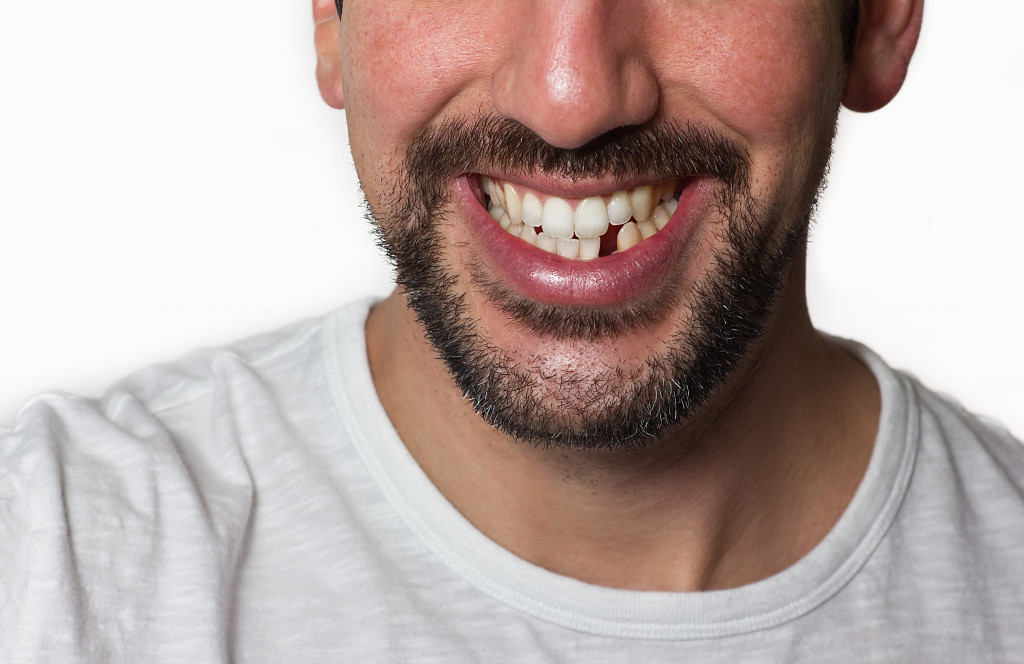Disclaimer: This website provides health information for educational purposes only and is not a substitute for professional medical advice, diagnosis, or treatment. Always seek the guidance of a qualified healthcare provider with any questions you may have.
Good oral hygiene is essential for overall health. According to the Centers for Disease Control and Prevention, more than 90% of adults suffer from some form of gum disease. Gingivitis, the most common form of gum disease, can lead to tooth loss and other serious health problems if left untreated.
Tooth decay is another major problem in the United States. Each year, more than 51 million hours are lost due to dental issues, which will grow as the population ages. The cost of dental care also continues to rise, with Americans spending an estimated $118 billion on dental services in 2014.
Moreover, injuries can cause a tooth to fall out. Accidents such as falls, sporting activities, and car accidents can cause teeth to get knocked out of the mouth. You can often reattach the affected tooth if it gets handled properly.
If you have a missing tooth, you must take action right away. Here are the steps to take in that situation.
Locate the Tooth
When missing a tooth, it’s essential to locate it as soon as possible. The tooth may still be in the mouth or have been misplaced. If the tooth is still in the mouth, try to find it and rinse it with water. If the tooth has been misplaced, look for it in the area where it was lost.
If you can’t find the tooth, don’t panic. Contact your dentist right away and explain what happened. The dentist will help you find the tooth and determine if reattachment is possible.
Reattachment is always the first option when a tooth is lost. If the tooth is damaged or contaminated, reattachment may not be possible. However, reattachment has a high success rate if the tooth is intact.
Once you have the tooth, you must place it in a container filled with milk. Please don’t try to clean the tooth, as this can cause damage to the root and reduce your chances of successful reattachment.
Time is of the Essence
Time is essential when dealing with a lost tooth. The sooner you act, the better your chances are of having a successful reattachment. Ideally, you’ll need to reach out to your dentist within an hour after losing the tooth. Bring the tooth to its original container or wrapped in wet tissue if possible.
If it’s been more than an hour since you lost your tooth, don’t despair – there may still be hope for a successful reattachment. However, getting to the dentist as soon as possible; the longer you wait, the less likely reattachment will be successful.
Your dentist will assess the condition of your tooth and determine if it can be reattached. If so, they’ll clean the tooth’s root and bond it into place with a particular material. The entire process typically takes about an hour or two to complete.
In some cases, a missing tooth may not be able to be saved. In this situation, your dentist may recommend dental implants or bridges as an alternative solution for replacing missing teeth. Dental tooth implants are artificial roots that are surgically implanted into the jawbone to provide support for replacement teeth. Bridges involve attaching an artificial tooth between two adjacent teeth to bridge the gap left by the missing tooth.
Caring for Replacement Tooth

Once the replacement tooth is in place, it’s imperative to take care of it as instructed by your dentist. This will help ensure that the replacement tooth lasts many years. Be sure to brush, and floss regularly, and visit your dentist twice a year for check-ups.
Nothing changes with your ‘real’ teeth; you must continue caring for them as usual.
Remember, taking care of your teeth is essential for good oral health and overall well-being. Sometimes, a tooth may fall out, but you can maintain optimal oral health by understanding the steps to take and how to best care for your replacement tooth.
Some doctors might recommend eating softer foods, such as mashed potatoes and oatmeal, for the first few days after the reattachment. This will help protect the tooth from damage while it heals. After a few days, you can enjoy your favorite food again.
Final Thoughts
Losing a tooth can be stressful, but you can get your replacement tooth securely in place with the proper steps. Be sure to contact your dentist as soon as possible if you experience a lost tooth and follow their instructions for the best chance of successful reattachment. Also, take care of the new replacement tooth properly. Doing so will help preserve your oral health and maintain healthy teeth for many years to come.




